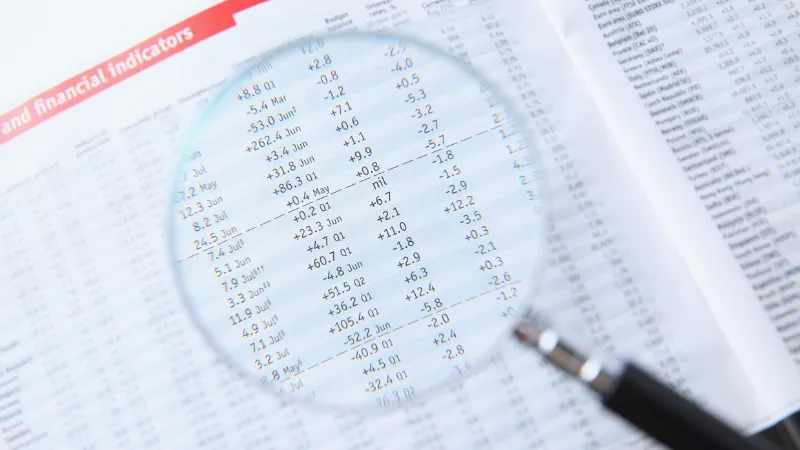Saving Over Spending: How Caution Is Quietly Changing the UK Economy
Nov 6, 2025 | By Team SR

The United Kingdom is experiencing a savings boom period while consumption continues to falter in comparison to other major Western economies. So, why did we become a nation of savers? And what does it mean for the nation’s economic health?
While the post-pandemic landscape has seen more UK households become wary of spending, recent figures for the 2023/24 tax year have shown a rapid acceleration in the use of ISAs, with the total amount subscribed to accounts surpassing £100 billion for the first time.
The rate of contributions into Individual Savings Accounts in 2023/24 far exceeded the second-highest year for money subscribed, which was a total of £83.24bn in 2014/15.
Although Britons appear more willing than ever to invest their income, this trend appears to have come at a significant cost to consumption levels, with households appearing unwilling to spend their disposable income.
Office for National Statistics data shows that consumer confidence in the UK fell to unprecedented lows as the cost-of-living continued to rise as a result of higher inflation in 2022. By 2024, confidence still languished below its historical average and far lower than its predicted levels.
The Age of Caution
It appears that UK adults have been deeply affected by the economic uncertainty of the recent past. With major stock market crashes occurring in 2008 and 2020, as well as the recent period of high inflation prompting a cost-of-living squeeze, data is beginning to show that the national mindset is pivoting to a more cautious outlook.
Data compiled by Bloomberg has suggested that more Britons have ramped up their saving habits as a means of storing more money in 2025.
This mindset suggests that the recent savings boom is a direct reaction to recent periods of economic uncertainty in the United Kingdom, rather than the ongoing AI boom on Wall Street that’s sent tech stock values soaring, or the Bank of England’s 2023 interest rate hikes, opening the door to greater levels of Cash ISA savings.
Worryingly, 2024 saw the number of people living in financially vulnerable circumstances in the UK rise to 20.3 million, up 16% from the 17.5 million reported in 2022.
For many UK households, saving is a matter of building a safety net against future uncertainty. Of the £103 billion that was contributed to ISAs in 2023/24, a seismic £69.5bn was saved in Cash ISAs.
Because holding cash in a Cash ISA generally provides easy access to withdrawals should they be needed at short notice, it’s telling that more UK adults are opting for lower-risk savings as a priority.
Addressing the Consumption Gap
The UK’s appetite for saving and a general lack of consumer confidence are contributing to a significant consumption gap that isn’t currently prevalent in other major Western economies.
According to data from the Bank of England, the UK’s consumption gap is an outlier compared to its closest international peers like the United States and the euro area, both of which have returned to their trend growth rate following the pandemic.
The Bank of England found that, despite UK households benefiting from a rise in nominal incomes in the wake of the pandemic, they remain far worse off in real terms following periods of high inflation.
Another cause for concern is that disposable income levels have fallen even further below trend lines than real income in the UK, meaning that households are not only seeing slower income growth in real terms but also weakening spending power.
These findings appear to be backed up by the House of Commons Library, which published a 2024 research briefing that found that 72% of adults in Great Britain reported an increase in their cost of living compared to the previous month. As much as 92% of respondents blamed higher food prices for the pinch, while 80% claimed that gas and electricity bills had increased in price.
What’s Next for the UK Economy?
In terms of gross domestic product (GDP), the outlook for the UK economy seems muted. KPMG recently revised its expectations for GDP down to 1.2% in 2025 and 1.1% in 2026, claiming that expectations for future interest rate cuts could help to stimulate more growth.
However, KPMG also stated in its UK economic outlook report that higher levels of global uncertainty and expectations for tax hikes may help to produce modest increases in business investment despite falling interest rates, paving the way for a 1.9% boost to investment growth for 2025.
Although the long-term outlook for the UK economy remains muted, with inflationary pressures and ongoing global and domestic uncertainties keeping growth lower.
With no tangible indication of growth domestically, it’s difficult to see UK savers shifting their strategies in the near future. However, the prospect of lower interest rates could see more Cash ISA savers look elsewhere for value, which may trigger some spending.
As the festive season looms, all eyes will be on consumer confidence as a time when spending generally peaks. If saving trends persist throughout the holiday period, we may see the United Kingdom’s ability to emulate its peers and recapture lost growth continue to struggle.


 Follow us
Follow us Follow us
Follow us















